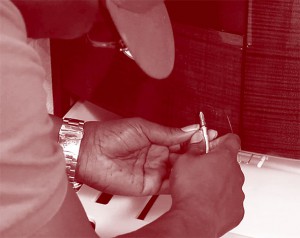With aircraft interiors, protecting adjacent components during manufacturing, customization, refurbishment or maintenance requires an exhausting investment of time and energy. Seats, flooring, deco panels, headliners and bulkheads have to be carefully shielded from dirt, damage and disaster.
 Protecting each component from damage during shipment, installation and fabrication represents no small expenditure of labor and budget dollars. It’s expensive, but imperative—a necessary cost of doing business, a defense against costly rework.
Protecting each component from damage during shipment, installation and fabrication represents no small expenditure of labor and budget dollars. It’s expensive, but imperative—a necessary cost of doing business, a defense against costly rework.
An MIT study determined that repair and replacement of aircraft components due to damage, mistakes and deviations from original design drawings during manufacturing costs the industry more than $50,000,000 per year. Onsite research for a single mid-sized builder demonstrated that eliminating the most basic rework could potentially produce an annualized savings of up to $2,000,000 and save over 80 man hours per week.
While the study did not isolate rework inside the cabin, the implications are clear for vulnerable interior components. The stakes are even higher for completion centers specializing in VIP and VVIP completions and refurbishments.
Custom-designed and built cabinets, upholstery and fixtures may have cost millions. Even the slightest damage to exotic leather or rare veneer surfaces might conceivably cause removal, repair and replacement of major assemblies. The completion facility not only absorbs the repair, but can lose valuable days in the face of strict deadlines and harsh financial penalties for late delivery.
While covering and protecting interior elements during work is fundamental and necessary, the methods of doing so are becoming outdated and inefficient.
